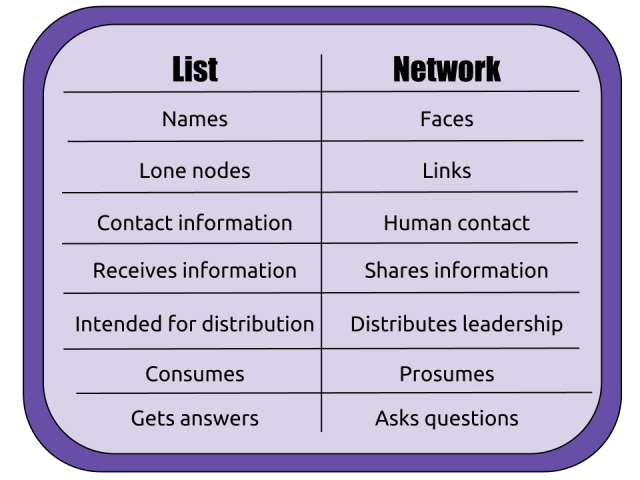Uber and AirBNB are proving the power and opportunity of a bottom-up model of organizing. Empowered with technology, their own creativity and initiative, people today are less reliant on institutions than ever to achieve their own needs. At the same time, smart platforms are critical for activating their curiosity and motivation.
So too in the Jewish community. We are beginning to see the shift in the market, and the emergence of new platforms to help people self-organize and build Jewish community and meaning. While this brave new world may feel scary to organizational leaders, in my book it's a very healthy sign. The question is, how are we as a field adapting to this new "economy"?
The Charles and Lynn Schusterman Family Foundation and Steven Price have been following these trends, and are re-energizing a very traditional idea: The Book Club. Together, we've been asking ourselves, "How can we get more people developing deeper, more meaningful relationships, building Jewish community, and feeding their intellectual and spiritual curiosities together?"
Our research showed that the vast majority of people who aren’t currently in a book club, Rosh Chodesh group or another similar club are overwhelmingly interested in being part of such an experience. Their primary reason for not yet being in a club? No one has invited them.
Thus, we've designed Gather to find and empower initiators to start new groups, and invite others to join them. It doesn’t mean they have to be the ongoing leader — they are simply the initiator. There's no long term commitment, no expectations of what your group will be, no prescribed content. But we do have ideas, suggestions, discussion guides, and a concierge ready to help answer any questions. Gather is a platform to help those curious about Jewish learning and community to launch new group (with friends, acquaintances, family and/or new contacts) to build and strengthen relationships, and to engage in discussion around Jewish content and values.
We're just launching our beta phase, and we're inviting (see — get the theme here?) members of the Darim network to take it for a spin. You can start a new Gathering yourself, and/or you can invite your own network to start their own groups. Gather is a tool that can help places like synagogues and schools become more connected (and educated and engaged) communities, so it's an easy and powerful platform to help organizations dip their toe into the self-organizing, platform model that is such a powerful approach in today's culture.
Anyone can start a club, and any community can have multiple. For example, a dad with kids in the early childhood program might want to start a dads club, or maybe families with post-b’nai mitzvah teens might want to start a parent/child social justice book club. Maybe 20-somethings want to get together to cook out of the Jerusalem and Zahav cookbooks, or members of your LGBTQ community want to get together more regularly in addition to Pride Shabbat.
Consider this your invitation — we would love for you to consider using Gather to engage with and support your community, and if you’re interested, help you plan the next steps. If you want to share with your community, we’re happy to create customized pages that promote the content that aligns most closely with your mission and goals, and the interests of your audiences (e.g. culture, cooking, music, Jewish classics like Buber and Heschel, etc.), and give you a link which will track participation from your network (and we're happy to share data with you).
Ultimately, we hope that these initiators become the leaders in your own community, and help to engage their peers in your mission and programs too.
We know the power of an invitation is profound. Who will you invite?
Want to take it for a spin? Click here to see how simple it is to start your own Gathering. Want to invite your own community or network to initiate Gatherings? Feel free! If you want your own link to track adoption, just drop Elyse Kort, Gather Project Director, a note.




